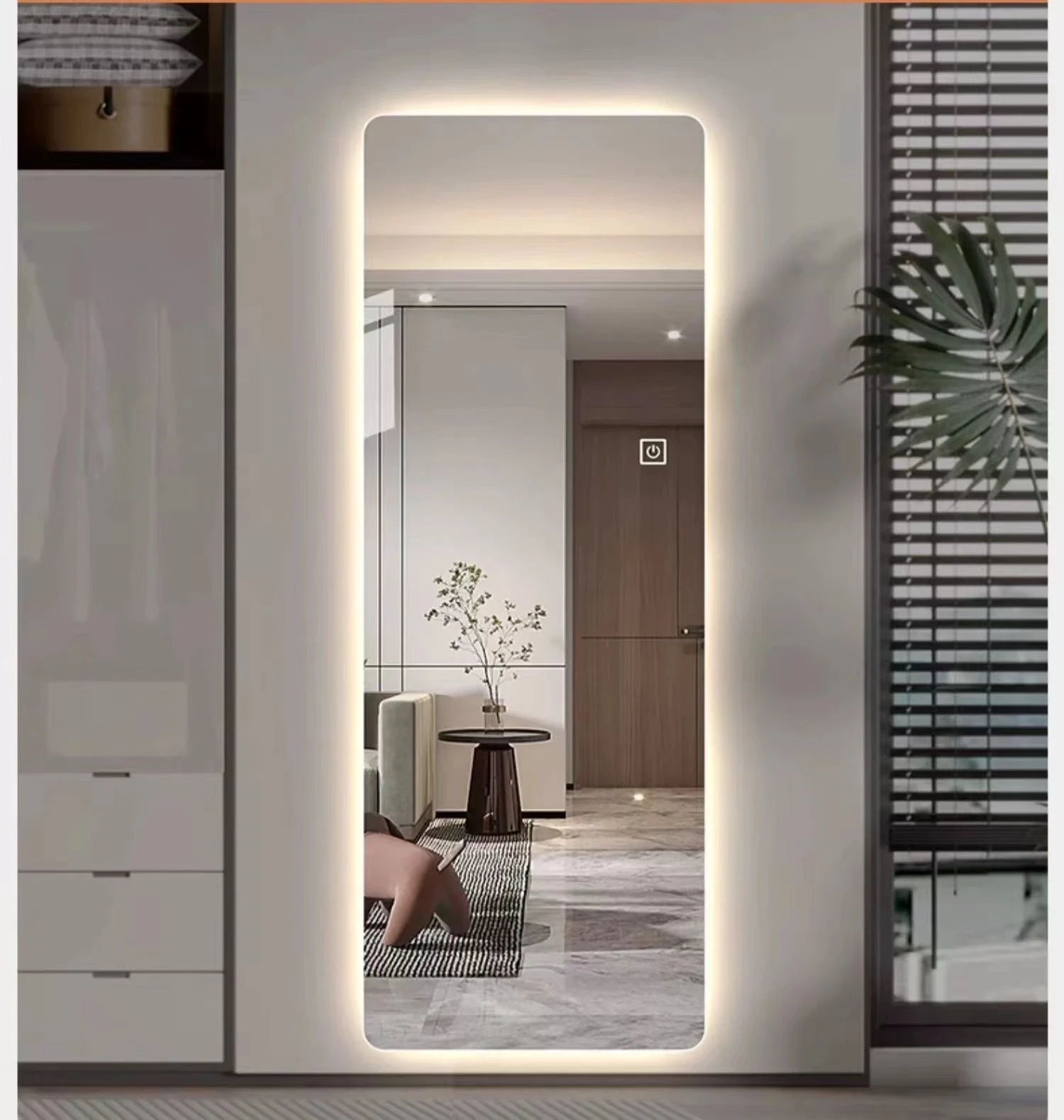

Sealed Insulating Glass Enhancing Energy Efficiency and Comfort
Sealed insulating glass (SIG) has become an integral component in modern architecture and construction, specifically in residential and commercial buildings. This technology involves the use of two or more glass panes separated by a spacer and sealed to create an airtight chamber filled with an inert gas, usually argon or krypton. The primary purpose of sealed insulating glass is to improve energy efficiency and enhance indoor comfort.
One of the most significant benefits of sealed insulating glass is its superior thermal insulation properties. By creating a barrier against outdoor temperatures, SIG reduces the amount of heat transfer between the interior and exterior of a building. This leads to lower energy consumption for heating in the winter and cooling in the summer, thus significantly reducing energy bills. In fact, studies show that using insulating glass units can lead to a reduction in energy costs of up to 30 percent. These savings not only benefit homeowners and building occupants but also contribute to environmental sustainability by minimizing the carbon footprint associated with energy production.

In addition to energy efficiency, sealed insulating glass also provides enhanced acoustic insulation. The multiple layers of glass and the gas-filled spaces between them can effectively reduce noise transmission from outside. This is particularly advantageous in urban areas where noise pollution can be a significant concern. By installing SIG, occupants can enjoy a quieter and more peaceful indoor environment, thus improving overall quality of life.
Moreover, sealed insulating glass helps control condensation, a common issue in buildings. The airtight seal prevents warm, humid air from contacting the cooler surfaces of the glass, reducing the likelihood of condensation forming. This feature is especially important in areas with high humidity or in buildings that experience significant temperature fluctuations. Reducing condensation not only enhances comfort but also helps prevent potential issues such as mold growth and damage to window frames.
In conclusion, sealed insulating glass is a vital innovation in the field of construction and design. Its energy efficiency, acoustic benefits, and ability to control condensation make it an attractive choice for building owners looking to enhance comfort and reduce operating costs. As the demand for sustainable building practices continues to grow, the importance of integrating technologies like sealed insulating glass into architectural designs will only increase, paving the way for more energy-efficient and comfortable living spaces.